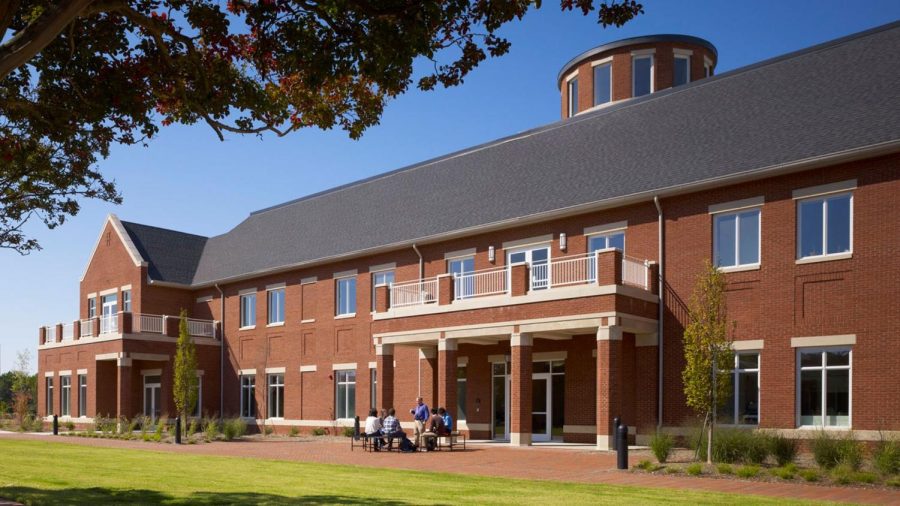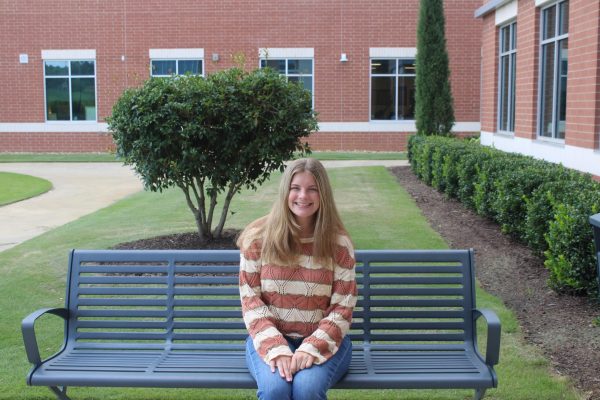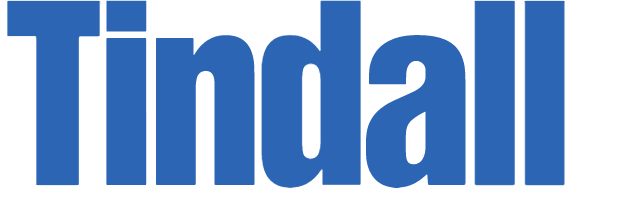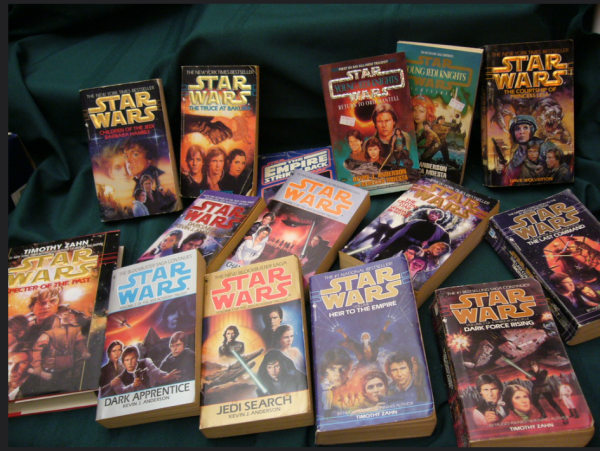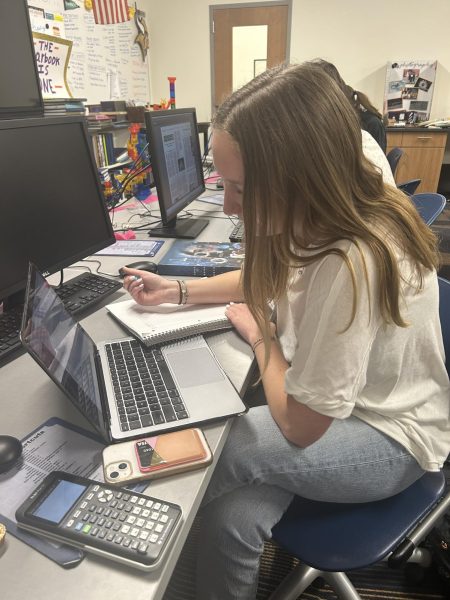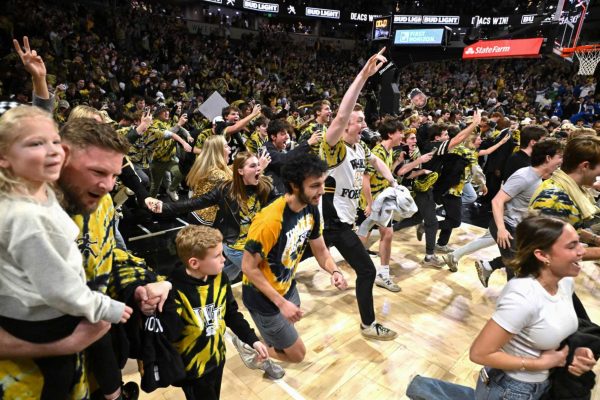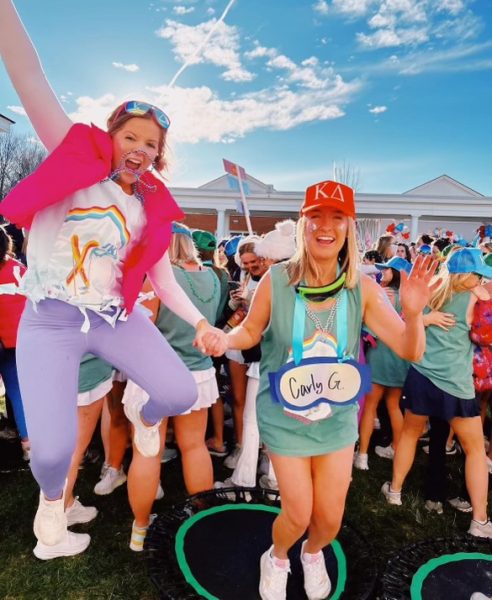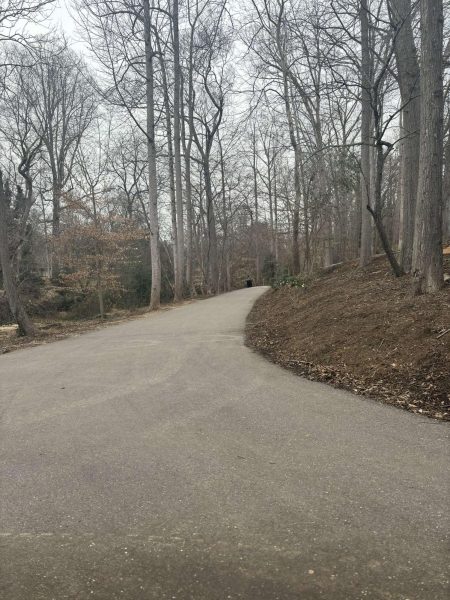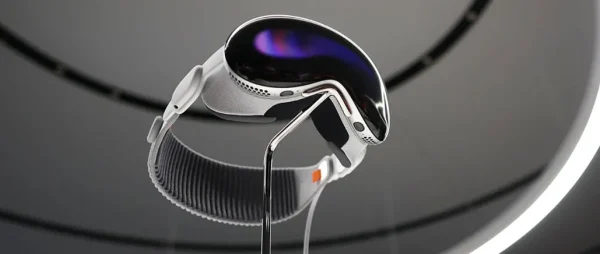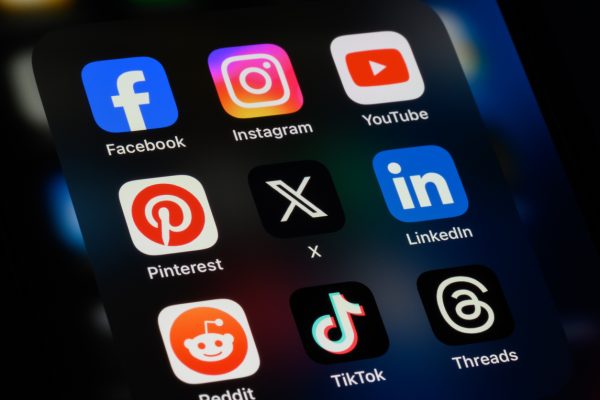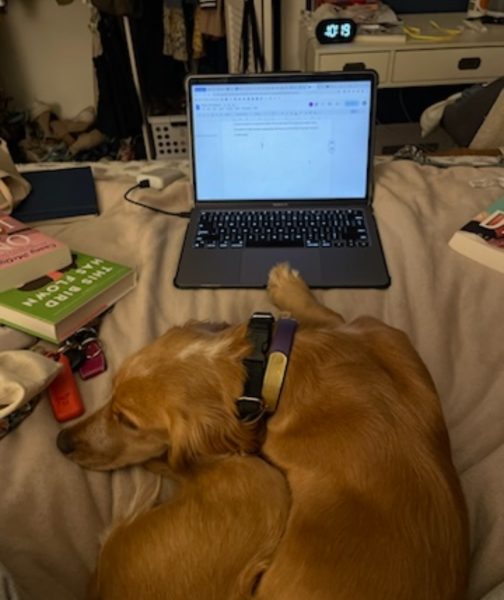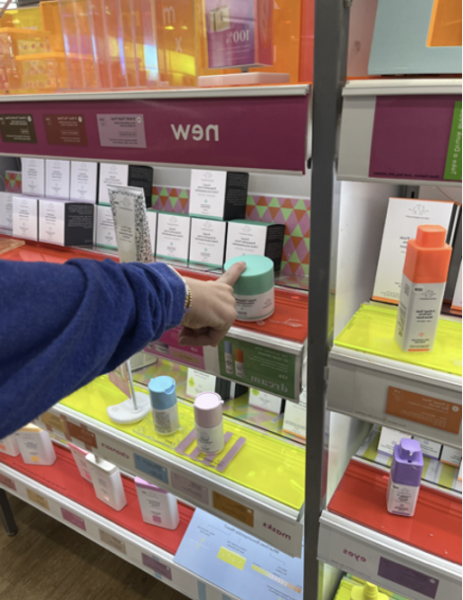Public or Private?
Are public schools better than private schools?
Photo courtesy mcmillanpazdansmith.com
The Spartanburg Day School is one of many local private schools.
March 15, 2023
For decades, parents and students have wondered if public or private schools provide a better education and social environment. Many students have switched from public to private or vice versa in their schooling career. Whether they made the change to be around more friends or to receive a better education, both types of schools have their benefits and complications.
Ben Skinner (11) attended a private school for a majority of his schooling career but says that overall, he prefers public schools.
“Most private schools have better student to teacher ratios than public schools, so the teachers can focus on helping each student individually. Public schools tend to be bigger and have more variety in the student body, though, so you can learn with a lot of different people. I prefer public school because there are more course offerings and social options due to size,” Skinner said.
The average private school student body is 185 students and only nine percent of students nationwide attended private schools compared to the other 91 percent of students attending public schools. This drastic difference in the percentage between the two is mostly due to the price difference. The average cost to attend a private school in the United States is $12,326 per year while public school is free.
While the cost for many private schools is relatively hefty, National Assessment of Educational Process (NAEP) data shows that private school students score better than public school students in nearly all subjects. This success can be attributed towards individualized attention from teachers and overall higher academic standards.
One big factor is that public school is free of charge to attend. Another reason that parents and kids choose public school is that they tend to be more diverse and sponsor more activities. Public education is also immensely valuable because it provides individuals with a standard academic and social education regardless of their socio-economic class.
Anne Louise Greer is a math teacher at the Spartanburg Day School who has sent her three children to public school.
“I think private schools have smaller class sizes which enables more individualized attention. It also makes it more difficult for students to ‘fly under the radar.’ College counseling tends to be more personalized because college counselors have many fewer students to guide,” Greer said. “On the other hand, public schools can offer a wider variety of classes. I especially appreciate the fact that SHS offers more AP classes than any other high school in S.C. The sheer number of students at a public high school like SHS results in greater diversity in all areas, like race, socioeconomic status, politics and religions.”
During the process of deciding which schools one should attend, parents are often worried about the money and value of education, but students are more likely concerned with the social aspects of the school.
Mary Yates Satterfield (10) attended Spartanburg Day School for many years until transferring to the District 7 school system and finds that private schools have a great deal of both pros and cons.
“I switched because there were very few people in my grade, and I wanted to go to a bigger school. The pros are that I got more educational help, but the cons are that I was with the same 20 people for all the years I went to private school,” Satterfield said.




